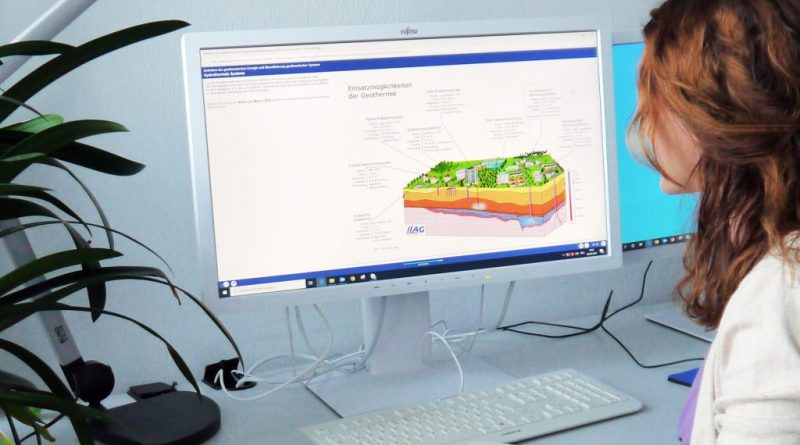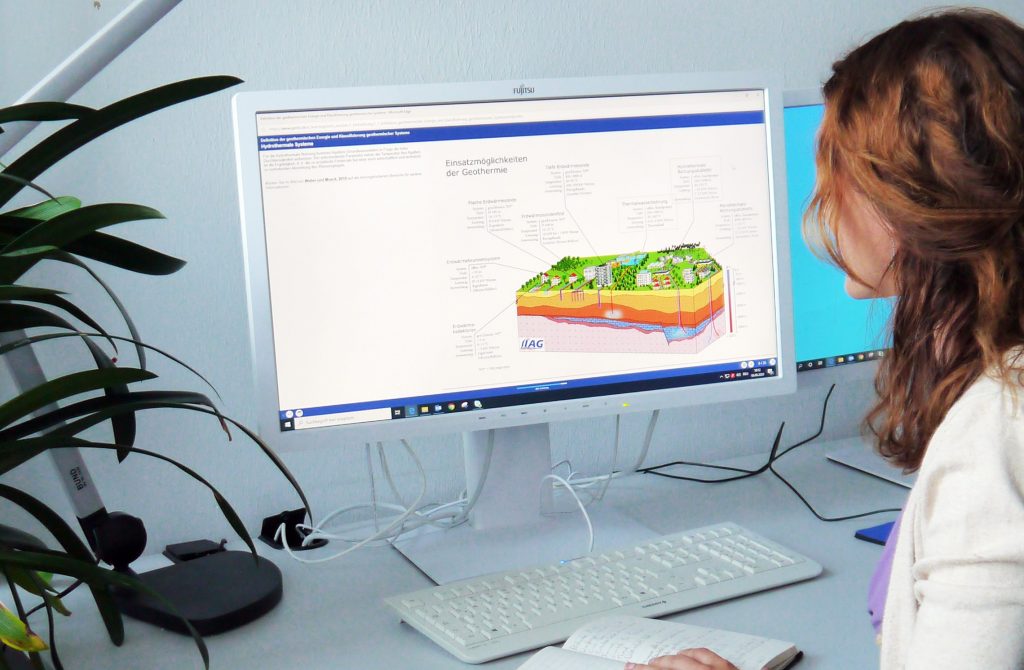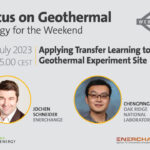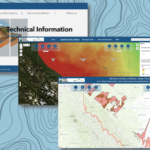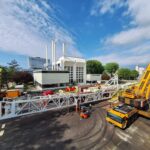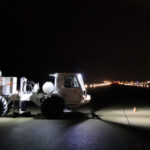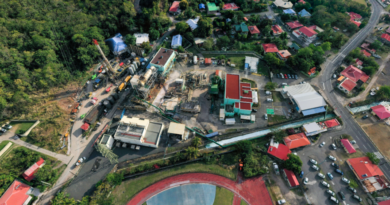New interactive deep geothermal energy E-learning platform launched (in German)
Energy Disrupter
The German Leibniz Institute for Applied Geophysics has created a e-learning platform on deep geothermal energy topics for people with scientific and preferably prior geo-scientific knowledge. The platform is so far only available in German.
Over the past three years, the Leibniz Institute for Applied Geophysics in Germany has developed an interactive e-learning program on deep geothermal energy. The platform has now been published on the website of the geothermal information system (GeotIS). The e-learning is available free of charge to students, adults who are continuing their education and, in principle, a broad interested public with prior knowledge of the natural sciences and preferably geoscientific knowledge.
With the help of models and explanatory graphics, the very complex subject matter is conveyed in the e-learning in a simple and understandable manner. The goal is to allow queries in a playful way – for example via memory, in quiz form or by means of assignment / fill in the blank. This gives the opportunity to internalize the knowledge interactively, to learn at an own pace, to access the content at any time and thus to achieve more sustainable learning success. The important content supports the highly explosive topic of the energy transition – this goal must not be neglected even in the context of the corona restrictions. With e-learning, the LIAG can offer targeted learning about the geothermal research area online, regardless of location.
To the e-learning portal: https://elearning.geotis.de/
Content on various learning modules
For self-study, it is advisable to go through the chapters in the order given. At the beginning, a short introduction to the subject of deep geothermal energy is given through various learning modules. Part of the introduction to the topic is, for example, the classification of geothermal systems and the possible uses in Germany. This is followed by the basics of deep geothermal energy. These include, for example, thermal water and geothermal reservoir properties. At the end, the use of deep geothermal energy in Germany is presented using examples.
In view of the great importance that geothermal energy has for the heating transition in Germany, the new e-learning portal is an ideal addition to the geothermal specialist information available on the GeotIS website. It provides an easily understandable introduction to geoscientific basics and geothermal usage concepts.
Background information:
The Leibniz Institute for Applied Geophysics had already started developing an interactive e-learning portal for deep geothermal energy as part of the GeoFaces research project. The aim of this project is the collection and processing of geological, geophysical and hydraulic data, which are relevant when planning projects for the direct use of geothermal heat, in order to display them in the geothermal information system GeotIS.
https://www.leibniz-liag.de/forschung/projekte/drittmittelprojekte/geofaces.html
About GeotIS
The geothermal information system GeotIS from LIAG is unique in Germany. More than 30,000 boreholes form the data basis for GeotIS, which thus offers unique potential for further research and publications. The platform mainly comprises results from LIAG research projects, data from oil-natural gas wells, but also geothermal, thermal and mineral water wells and mining wells. It also contains hydraulic data from the LBEG’s specialized information system on hydrocarbons, from the data stocks of the project partners and from the “main storage tank drilling data” of the former GDR. Temperature data from the LIAG and structural data from various maps from project partners are also incorporated. The research interface enables the dynamic generation of interactive maps in which specialist information is combined with topographical and statistical data. Dynamically generated vertical and horizontal sections down to a depth of 5000 meters also offer a detailed insight into the subsurface. GeotIS also includes the information system “Geothermal locations” about deep geothermal systems in Germany that are in operation or under construction. https://www.geotis.de
About the LIAG
The Leibniz Institute for Applied Geophysics (LIAG), based in Hanover, is an independent, non-university research institution. Using methods from applied geophysics, future-oriented issues of social importance are examined. The focus of the research is on the exploration of the usable subsoil and the development of measurement and evaluation methods. The institute looks back on over 50 years of experience in geophysics research. https://www.leibniz-liag.de/
Source: IDW

